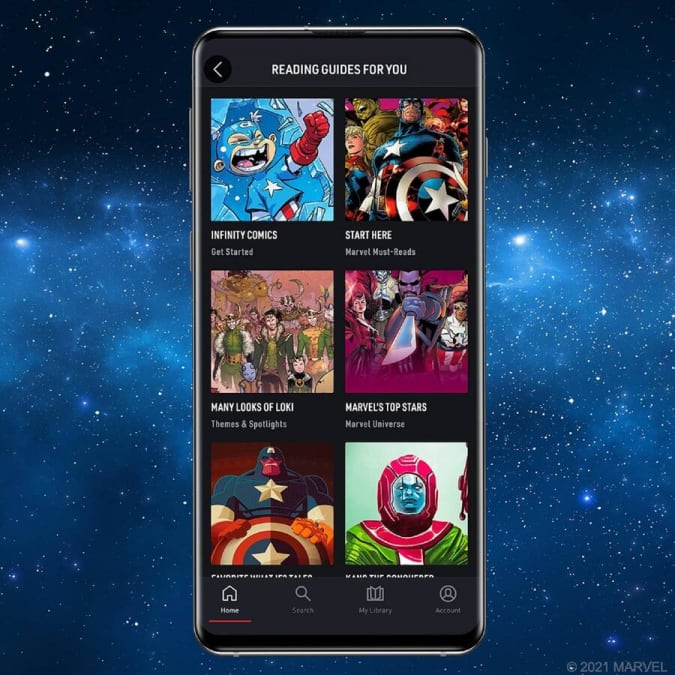- September 9, 2021
- by:
- in: Blog
Fusion power plants will eventually replace most conventional power plants and related large-scale energy infrastructure that are still so dominant today. There will be no need for coal or gas.
Siegfried Glenzer
Contributor
Siegfried Glenzer, a recipient of the Ernest Orlando Lawrence Award, is a professor and high-energy-density division director at Stanford’s SLAC National Accelerator Laboratory and a science adviser for nuclear fusion company
Marvel Fusion.
The quest to make fusion power a reality recently took a massive step forward. The National Ignition Facility (NIF) at Lawrence Livermore National Laboratory announced the results of an experiment with an unprecedented high fusion yield. A single laser shot initiated reactions that released 1.3 megajoules of fusion yield energy with signatures of propagating nuclear burn.
Reaching this milestone indicates just how close fusion actually is to achieving power production. The latest results demonstrate the rapid pace of progress — especially as lasers are evolving at breathtaking speed.
Indeed, the laser is one of the most impactful technological inventions since the end of World War II. Finding widespread use in an incredibly diverse range of applications — including machining, precision surgery and consumer electronics — lasers are an essential part of everyday life. Few know, however, that lasers are also heralding an exciting and entirely new chapter in physics: enabling controlled nuclear fusion with positive energy gain.
After six decades of innovation, lasers are now assisting us in the urgent process of developing clean, dense and efficient fuels, which, in turn, are needed to help solve the world’s energy crisis through large-scale decarbonized energy production. The peak power attainable in a laser pulse has increased every decade by a factor of 1,000.
Physicists recently conducted a fusion experiment that produced 1,500 terawatts of power. For a short period of time, this generated four to five times more energy than what the whole world consumes at a given moment. In other words, we are already able to produce vast amounts of power. Now we also need to produce vast amounts of energy so as to offset the energy expended to drive the igniting lasers.
Beyond lasers, there are also considerable advances on the target side. The recent use of nanostructure targets allows for more efficient absorption of laser energies and ignition of the fuel. This has only been possible for a few years, but here, too, technological innovation is on a steep incline with tremendous advancement from year to year.
In the face of such progress, you may wonder what is still holding us back from making commercial fusion a reality.
There remain two significant challenges: First, we need to bring the pieces together and create an integrated process that satisfies all the physical and technoeconomic requirements. Second, we require sustainable levels of investment from private and public sources to do so. Generally speaking, the field of fusion is woefully underfunded. This is shocking given the potential of fusion, especially in comparison to other energy technologies.
Investments in clean energy amounted to more than $500 billion in 2020. The funds that go into fusion research and development are only a fraction of that. There are countless brilliant scientists working in the sector already, as well as eager students wishing to enter the field. And, of course, we have excellent government research labs. Collectively, researchers and students believe in the power and potential of controlled nuclear fusion. We should ensure financial support for their work to make this vision a reality.
What we need now is an expansion of public and private investment that does justice to the opportunity at hand. Such investments may have a longer time horizon, but their eventual impact is without parallel. I believe that net-energy gain is within reach in the next decade; commercialization, based on early prototypes, will follow in very short order.
But such timelines are heavily dependent on funding and the availability of resources. Considerable investment is being allocated to alternative energy sources — wind, solar, etc. — but fusion must have a place in the global energy equation. This is especially true as we approach the critical breakthrough moment.
If laser-driven nuclear fusion is perfected and commercialized, it has the potential to become the energy source of choice, displacing the many existing, less ideal energy sources. This is because fusion, if done correctly, offers energy that is in equal parts clean, safe and affordable. I am convinced that fusion power plants will eventually replace most conventional power plants and related large-scale energy infrastructure that are still so dominant today. There will be no need for coal or gas.
The ongoing optimization of the fusion process, which results in higher yields and lower costs, promises energy production at much below the current price point. At the limit, this corresponds to a source of unlimited energy. If you have unlimited energy, then you also have unlimited possibilities. What can you do with it? I foresee reversing climate change by taking out the carbon dioxide we have put into the atmosphere over the last 150 years.
With a future empowered by fusion technology, you would also be able to use energy to desalinate water, creating unlimited water resources that would have an enormous impact in arid and desert regions. All in all, fusion enables better societies, keeping them sustainable and clean rather than dependent on destructive, dirty energy sources and related infrastructures.
Through years of dedicated research at the SLAC National Accelerator Laboratory, the Lawrence Livermore National Laboratory and the National Ignition Facility, I was privileged to witness and lead the first inertial confinement fusion experiments. I saw the seed of something remarkable being planted and taking root. I have never been more excited than I am now to see the fruits of laser technology harvested for the empowerment and advancement of humankind.
My fellow scientists and students are committed to moving fusion from the realm of tangibility into that of reality, but this will require a level of trust and help. A small investment today will have a big impact toward providing a much needed, more welcome energy alternative in the global arena.
I am betting on the side of optimism and science, and I hope that others will have the courage to do so, too.


 (1/6)
(1/6) 






 Storz & Bickle finally updated the Mighty vaporizer. The original hit the market in October 2014 and quickly became a fan favorite despite its unwieldy form factor and market-topping price. Users point to the quality of the vapor, airflow, and its certification as a medical device as primary reasons for buying the vape.
Storz & Bickle finally updated the Mighty vaporizer. The original hit the market in October 2014 and quickly became a fan favorite despite its unwieldy form factor and market-topping price. Users point to the quality of the vapor, airflow, and its certification as a medical device as primary reasons for buying the vape.
